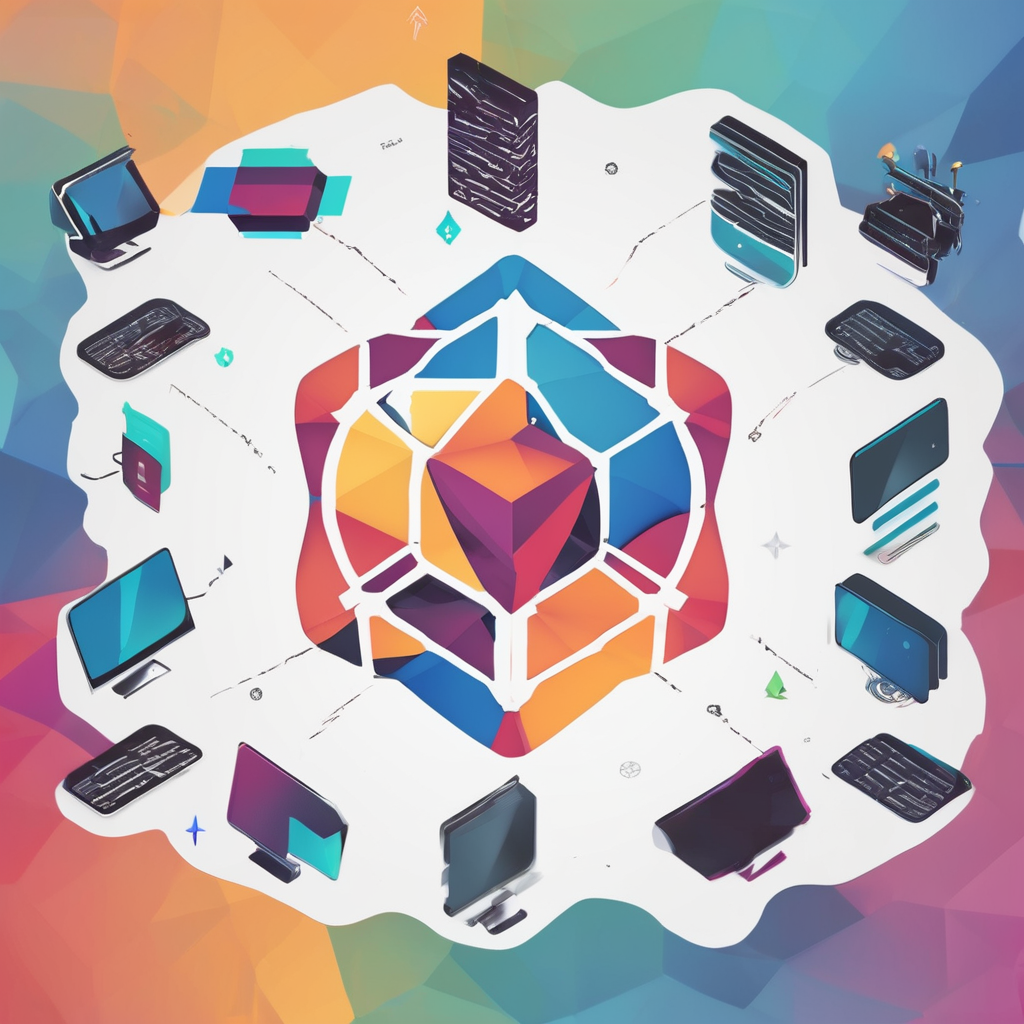The Role of AI in Social Simulation Games
Social simulation games have experienced significant advancements due to AI technology in gaming. This technology plays a critical role in elevating player immersion and creating more engaging experiences by enhancing character interactions and realism.
AI technology in gaming has advanced to the point where it can simulate complex human-like behaviours. This is essential for crafting authentic character interactions that feel genuine and unscripted. When players engage with characters in games, they desire conversations and emotions that mirror real-life experiences. This level of sophistication in AI allows games to adjust character responses dynamically, depending on the player’s actions and decisions.
Have you seen this : Mastering ai: innovative tactics for developers to create engaging and immersive in-game experiences
Realism in social simulation games relies heavily on these interactions. As AI becomes more adept at mimicking subtle emotional reactions, players find themselves drawn into the game’s world more deeply. The authentic portrayals of emotions and relationships contribute significantly to the overall realism.
Furthermore, AI technology in gaming enhances the emotional dynamics between characters. By predicting and adapting to emotional cues, AI can orchestrate natural and evolving relationships within the game. This innovation enriches the narrative, making players feel that their choices have meaningful impacts on the storyline and their in-game connections.
Additional reading : Mastering realistic fire effects in action games: proven techniques for stunning visuals!
In essence, the integration of AI into social simulation games is pivotal for creating immersive, realistic, and emotionally engaging experiences.
Key AI Technologies Enhancing Character Interactions
Exploring how AI is revolutionising character interactions offers insights into the algorithmic techniques driving this evolution.
Algorithmic Behavior Modeling
Advancements in AI algorithms enable sophisticated behavior modeling, allowing digital characters to exhibit varied and realistic reactions. By analysing data on human interactions, AI can mimic complex decision-making processes, providing more natural and engaging experiences. Such algorithms adapt dynamically, ensuring characters respond differently based on unique player inputs, making interactions feel personal and tailored. Techniques like decision trees and neural networks are actively employed, mapping out a multitude of potential character behaviours in response to unpredictable scenarios.
Natural Language Processing Techniques
Natural language processing (NLP) is pivotal to enhancing character interactions. By equipping avatars with NLP capabilities, they can comprehend and respond to nuanced human language, bridging the gap between humans and machines. NLP allows characters to interpret language subtleties such as tone and emotion. This enhances dialogue quality, facilitates realistic conversation flow, and deepens the user experience.
Machine Learning Applications
Machine learning proves essential in refining character interactions by continually learning from data. Algorithms personally tailor in-game experiences by adapting interactions based on user behaviour patterns. Real-world examples include personalized game choices and adapting storylines based on player decisions, fostering deeper in-game relationships. This learning process hones AI’s ability to forecast player preferences, ultimately enhancing engagement and immersion.
Case Studies of Games with Enhanced Character Interactions
Exploring simulation game examples offers a fascinating insight into how innovative AI use can transform player experiences. Let’s delve into some notable games that exemplify advanced AI integration.
One standout title is “The Sims 4,” where players engage with characters exhibiting intricate behaviours, thanks to sophisticated AI algorithms. The characters’ ability to act autonomously and make decisions that reflect their mood and surroundings enhances the game’s realism. Players have reported a deeper emotional connection, as these interactions mirror real-life social dynamics.
Another excellent example is “Red Dead Redemption 2.” This game pushes the boundaries of AI character interactions within its simulated world. Non-playable characters (NPCs) are not only responsive but evolve based on players’ actions. Many users have noted how the game’s rich narratives and lifelike character behaviours significantly elevate their gaming experience beyond traditional gameplay mechanics.
Consider “Detroit: Become Human,” a narrative-driven game where AI character interaction takes centre stage. Its branching storylines, influenced heavily by AI-driven character decisions, provide players with a unique path tailored by their choices, resonating with many for its innovative approach to storytelling.
Testimonials from gamers often praise these games for their enhanced realism, citing the AI’s impact on gameplay depth and emotional engagement. These case studies clearly demonstrate the pivotal role of AI in redefining player experiences, showcasing limitless possibilities for future gaming innovations.
The Impact of AI on Player Engagement and Experience
Artificial Intelligence (AI) has revolutionised the gaming industry, significantly enhancing player immersion and creating more dynamic gaming experiences. Through innovative engagement strategies, AI replicates human emotions, making players feel more connected to the game world and its characters.
Emotional Connection Between Players and Characters
Developers utilise AI to forge deep emotional connections between players and in-game characters. By simulating realistic interactions and responses, AI instils a sense of empathy in players, enhancing their overall gaming experience. This emotional investment can lead to more profound player immersion, with players feeling genuinely connected to their virtual counterparts.
AI as a Tool for Dynamic Storytelling
AI’s ability to adapt and react to players’ choices paves the way for dynamic storytelling. Games infused with AI offer unique, player-driven narratives, making each playthrough distinctive. This adaptability fosters replayability and engagement as players explore varied outcomes based on their decisions.
Enhancing Replayability Through AI Mechanisms
AI ensures gaming experiences remain fresh, providing new challenges and storylines even after multiple playthroughs. Through procedural generation and evolving character interactions, games can sustain players’ interest over extended periods. This approach not only prolongs playtime but also bolsters engagement strategies by keeping players eager to discover new facets of the game.
Future Trends in AI for Social Simulation Games
The world of social simulation games is ripe with potential as future AI developments promise to redefine the very landscape of gaming. Game designers are relentlessly pursuing advancements in AI, focusing on creating more immersive and adaptive experiences. As AI evolves, we anticipate more realistic and sophisticated interactions between characters and players, blurring the lines between reality and virtual environments.
Trends in gaming show a shift towards hyper-personalisation. AI-driven NPCs (Non-Playable Characters) may soon exhibit genuine relationships, adapting to the player’s decisions and style. This creates a dynamic environment where every action influences outcomes, providing a wholly unique experience.
Emerging technologies such as machine learning and natural language processing are expected to play a pivotal role in these advancements. With these tools, developers can craft characters capable of nuanced conversations and emotional intelligence, enhancing player engagement.
As player expectations grow, the desire for next-gen games that offer more than just superficial interactions is becoming apparent. Future technology forecasts predict AI will cater to these demands, providing deeper, story-rich environments.
The horizon for social simulation games is filled with possibilities, as AI continues to shape the player experience, bringing us ever closer to a truly interactive virtual reality.











